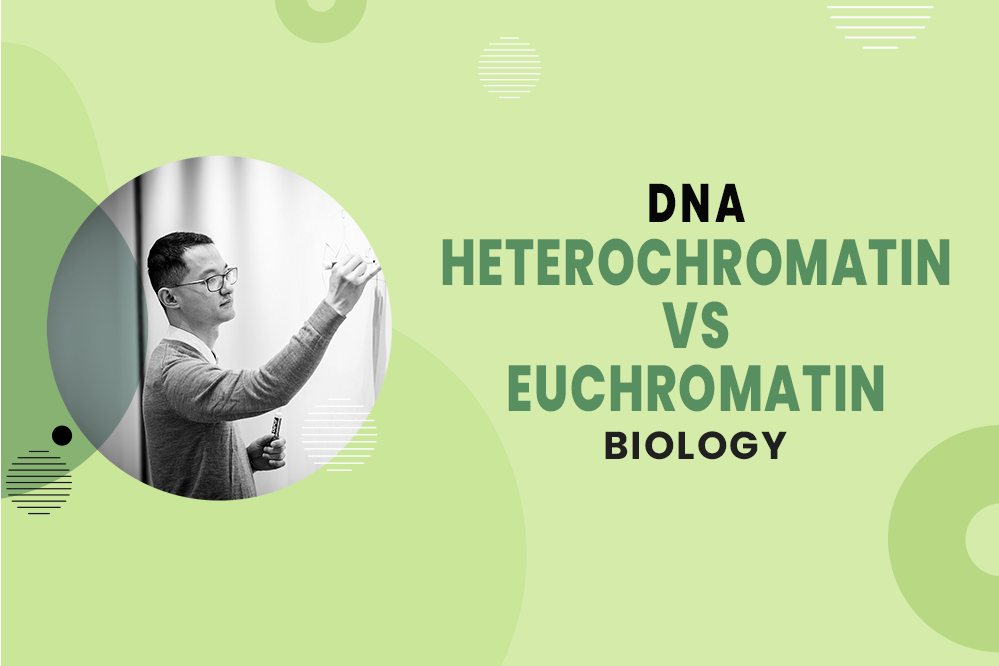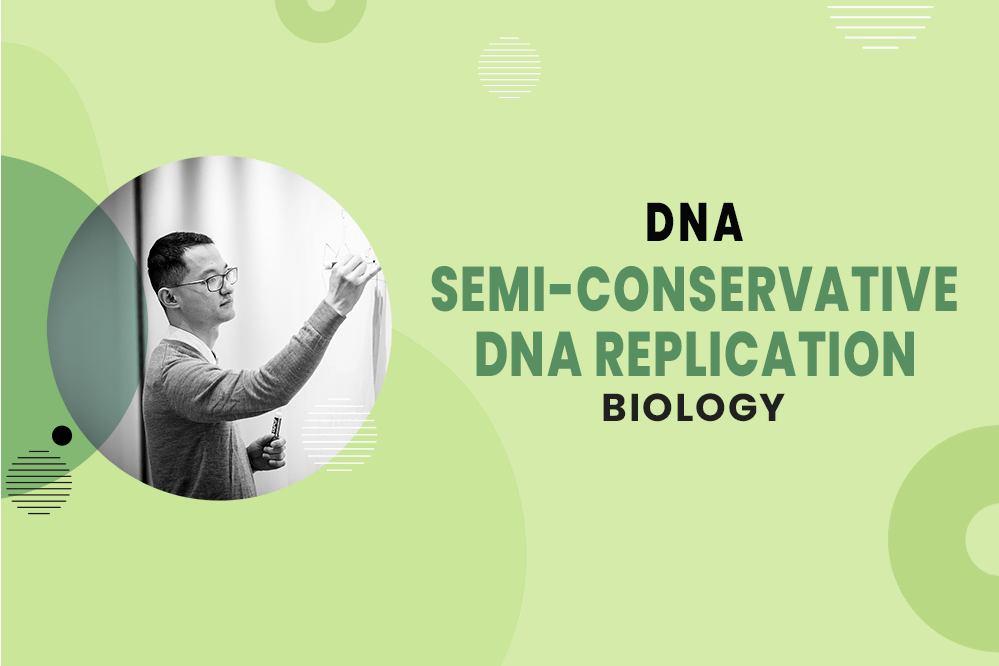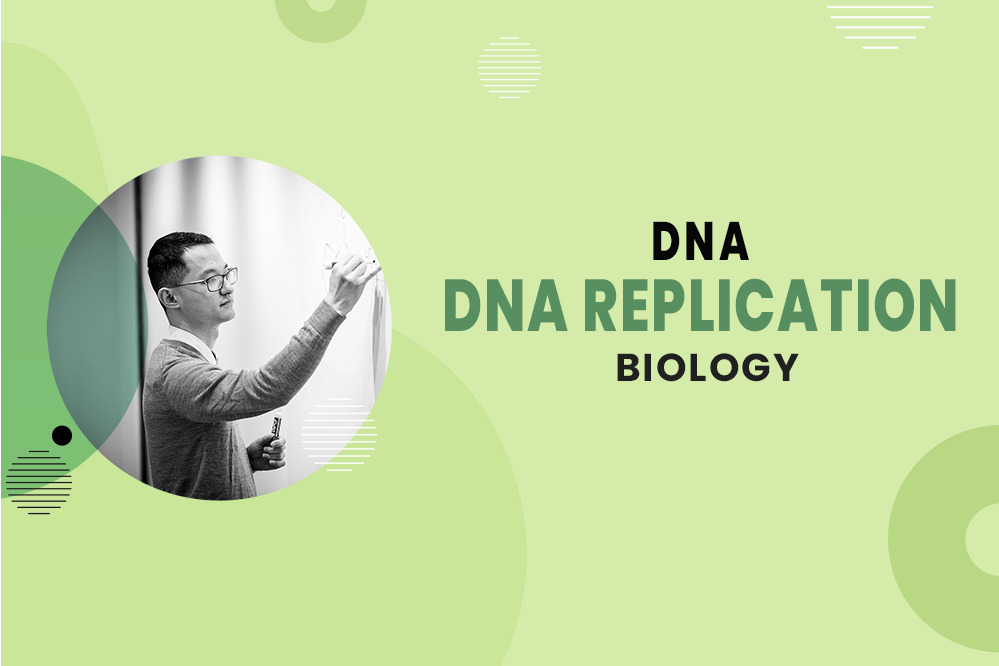a) Bacteria took up radiolabeled phosphorus but not sulfur
b) Bacteria took up both radiolabeled phosphorus and sulfur
c) Bacteria took up radiolabeled sulfur but not phosphorus
d) Bacteria took up neither radiolabeled sulfur nor phosphorus
Get 1-on-1 MCAT Tutoring From a Specialist
With MCAT tutoring from MedSchoolCoach, we are committed to help you prepare, excel, and optimize your ideal score on the MCAT exam.
For each student we work with, we learn about their learning style, content knowledge, and goals. We match them with the most suitable tutor and conduct online sessions that make them feel as if they are in the classroom. Each session is recorded, plus with access to whiteboard notes. We focus on high-yield topics if you're pressed for time. If you have more time or high-score goals, we meticulously cover the entire MCAT syllabus.
DNA as Genetic Material
Today, DNA is widely known as the universal genetic material common to all known life forms. However, this wasn’t always the case. In fact, this used to be a puzzling scientific question, and it wasn’t until Frederick Griffith’s experiments, as well as the Hershey-Chase experiments, that this question was finally settled. In this MCAT post, we’ll discuss both of these experiments and how they contributed to our understanding of DNA as the universal genetic material.
Griffith's Experiments
Frederick Griffith was a British bacteriologist who demonstrated that bacteria could transfer their genetic information through what is known as transformation. Griffith was studying bacteria that produced the disease pneumonia. Figure 1 shows how Griffith performed his experiments. He was studying two different strains of bacterial pneumonia. One of the strains had a rough texture, so it was named the rough strain or R strain. When he injected the mice with the R strain bacteria, the mice did not die. In this way, the R strain was deemed to be non-virulent and did not cause disease. The other strain was called the smooth strain or S strain. When this strain was injected into mice, the mice died of pneumonia. In this way, the S strain was virulent and did cause disease.

Figure 1. Griffith's Experiments
In the next experiment, Griffith took the S strain bacteria and killed them using heat. When Griffith injected the heat-killed S strain bacteria into the mice, the mice did not die. This result made sense because the strain of bacteria was not living. Lastly, Griffith took the heat-killed S strain bacteria, combined it with the R strain bacteria, and injected this combination into the mice. He found that the mice died, and when he inspected the bodies of the mice, he found living S strain bacteria. From these series of experiments, Griffith demonstrated that the R strain bacteria were transformed into S strain bacteria by some component of the heat-killed S strain bacteria.
During the time of his experiments, Griffith was unsure as to what that component was, but later it was determined to be DNA. In a follow-up to Griffith's experiments, scientists treated the heat-killed S strain bacteria with an enzyme called DNase. DNase digests and breaks down DNA. After the heat-killed S strain bacteria were treated with DNase, they were mixed with R strain bacteria. Unlike before, the R strain bacteria were not converted into the S strain bacteria. This result led scientists to conclude that DNA from the heat-killed bacteria was necessary to convert the R strain into the S strain.
The Hershey-Chase Experiments
Another set of experiments that confirmed DNA as the genetic material was performed by the American scientists Alfred Hershey and Martha Chase. The Hershey-Chase experiments focused on bacteriophages, which are viruses that infect and parasitize bacterial cells, using them as means to reproduce. Viruses were known to introduce genes into bacteria and hijack the bacteria's standard machinery to produce more viral particles. Hershey and Chase used radiolabeled isotopes to produce two different types of viruses (Figure 2). One type of virus contained radiolabeled phosphorus to label DNA molecules, and the other type of virus contained radiolabeled sulfur to label protein molecules.
Hershey and Chase then used these two types of viruses to infect bacterial cells. After infecting the cells, the scientists isolated the cellular contents of the infected cells in order to look for the presence of radiolabeled sulfur and phosphorus. What Hershey and Chase found was that the infected bacterial cells had taken up the radiolabeled phosphorus, but not the radiolabeled sulfur, essentially demonstrating that viruses were introducing DNA into the bacteria, and not proteins.

Figure 2. Hershey-Chase Experiments
A year after the Hershey-Chase experiments, James D. Watson and Francis Crick discovered the double-helix structure of DNA and proved that DNA is responsible for the formation of proteins. DNA, as the genetic material of human beings, has far-reaching applications and is the backbone of modern-day forensic science, criminal investigation, genealogy, and many other disciplines.
Explore More
MCAT Masterclass Chapters
Take a closer look at our entire MCAT Masterclass or explore our lessons below.
- Heterochromatin vs. Euchromatin View Subject
- Semi-Conservative DNA Replication View Subject
- Telomeres and the DNA End Replication Problem View Subject
- DNA Replication View Subject
- Histones, Chromatin, and Chromosome Coiling View Subject
- Mutations View Subject




